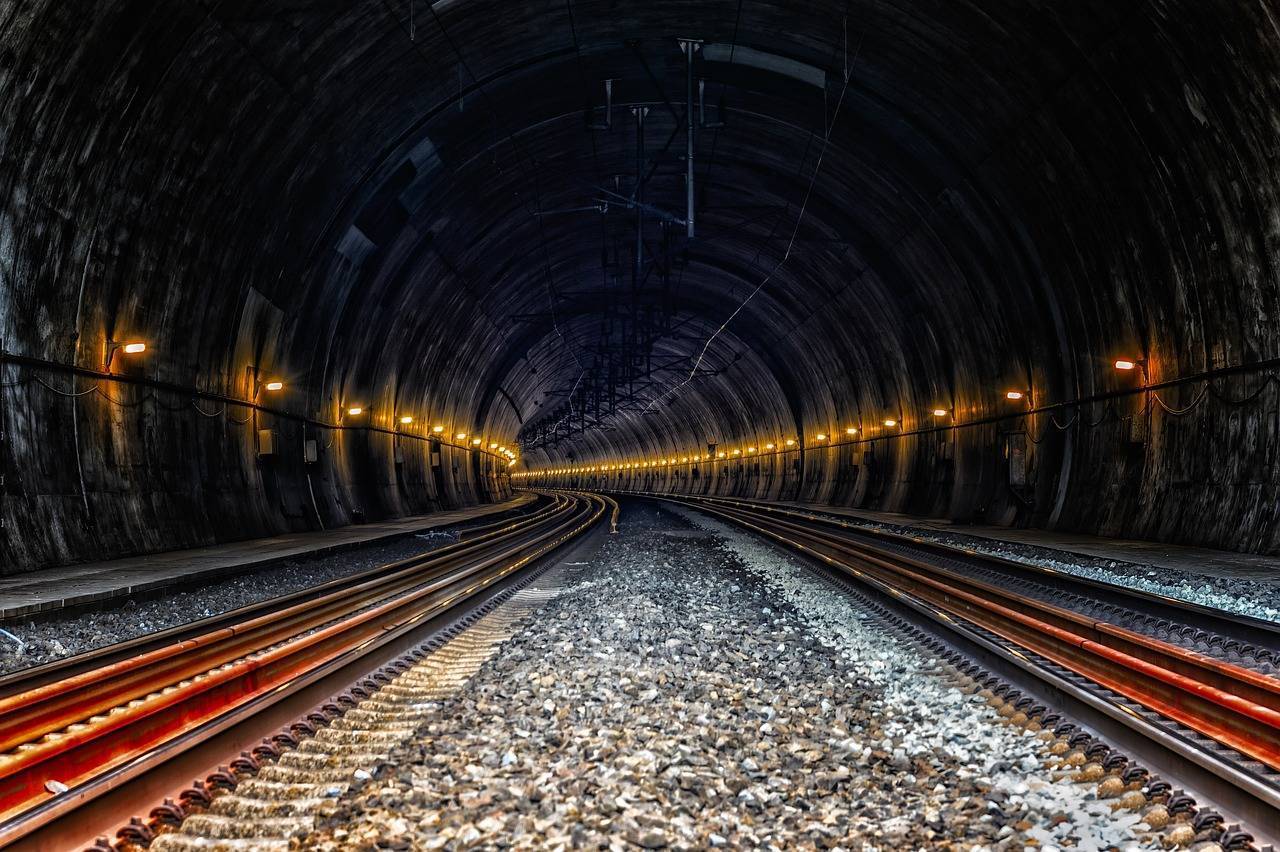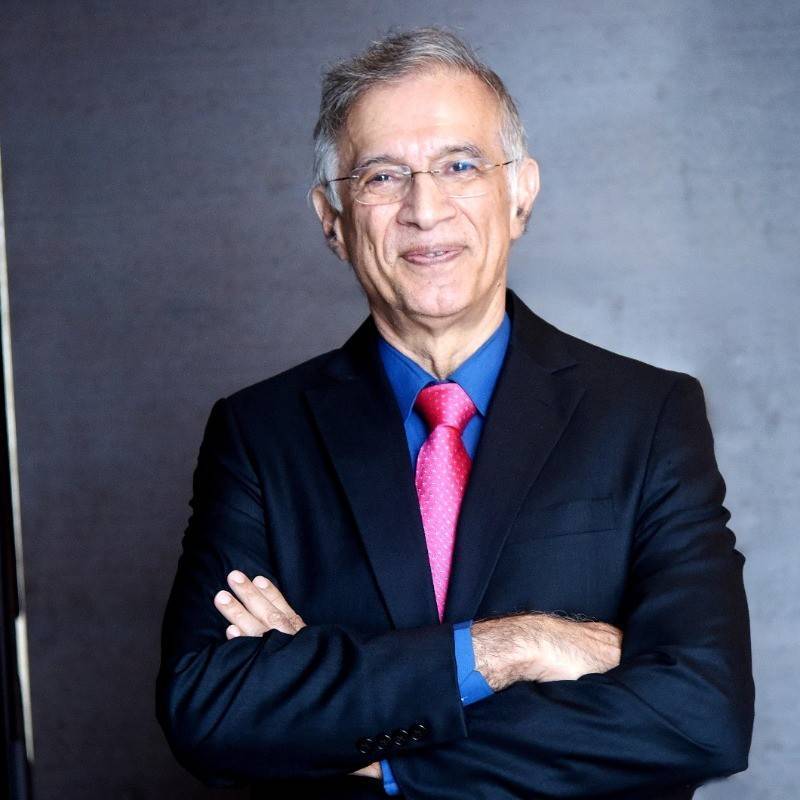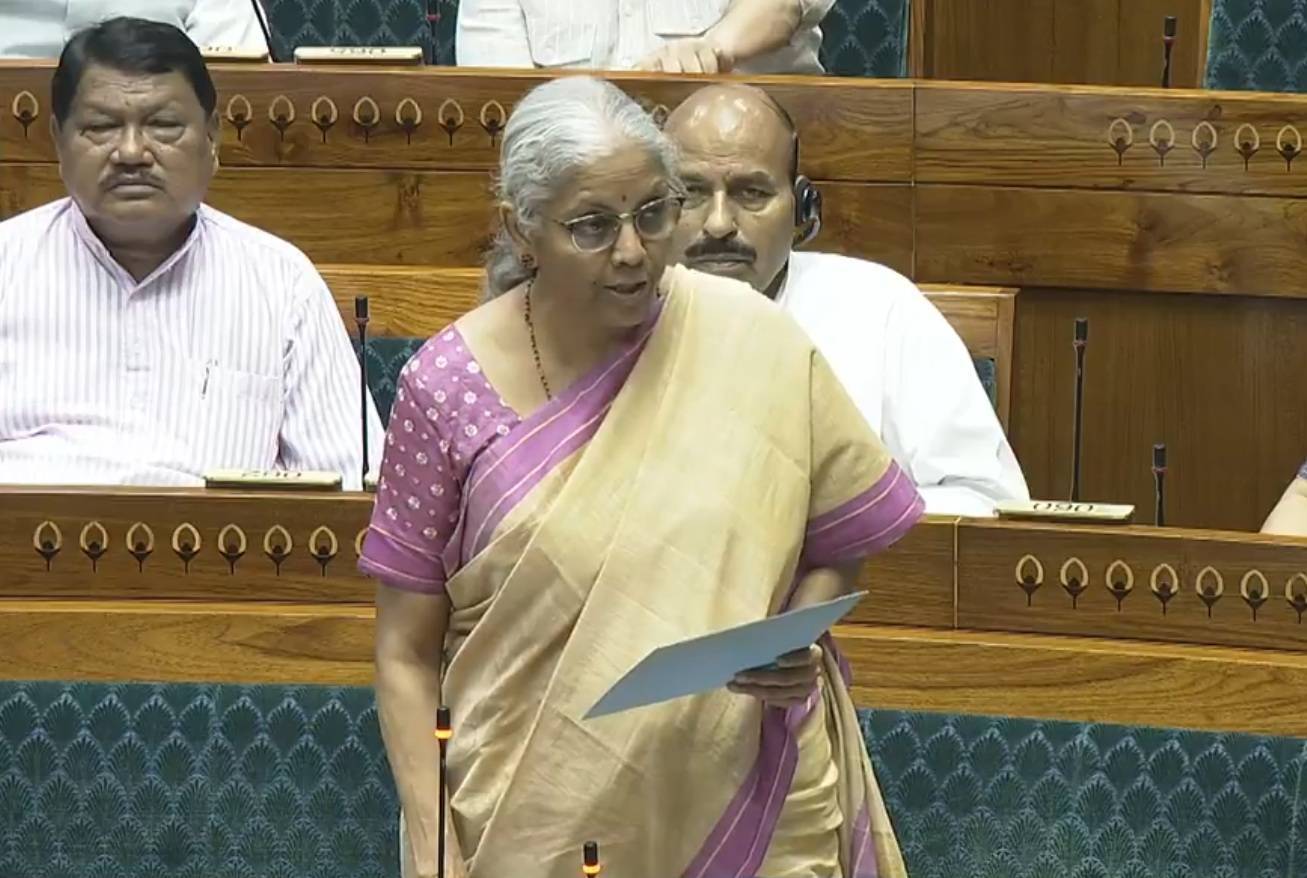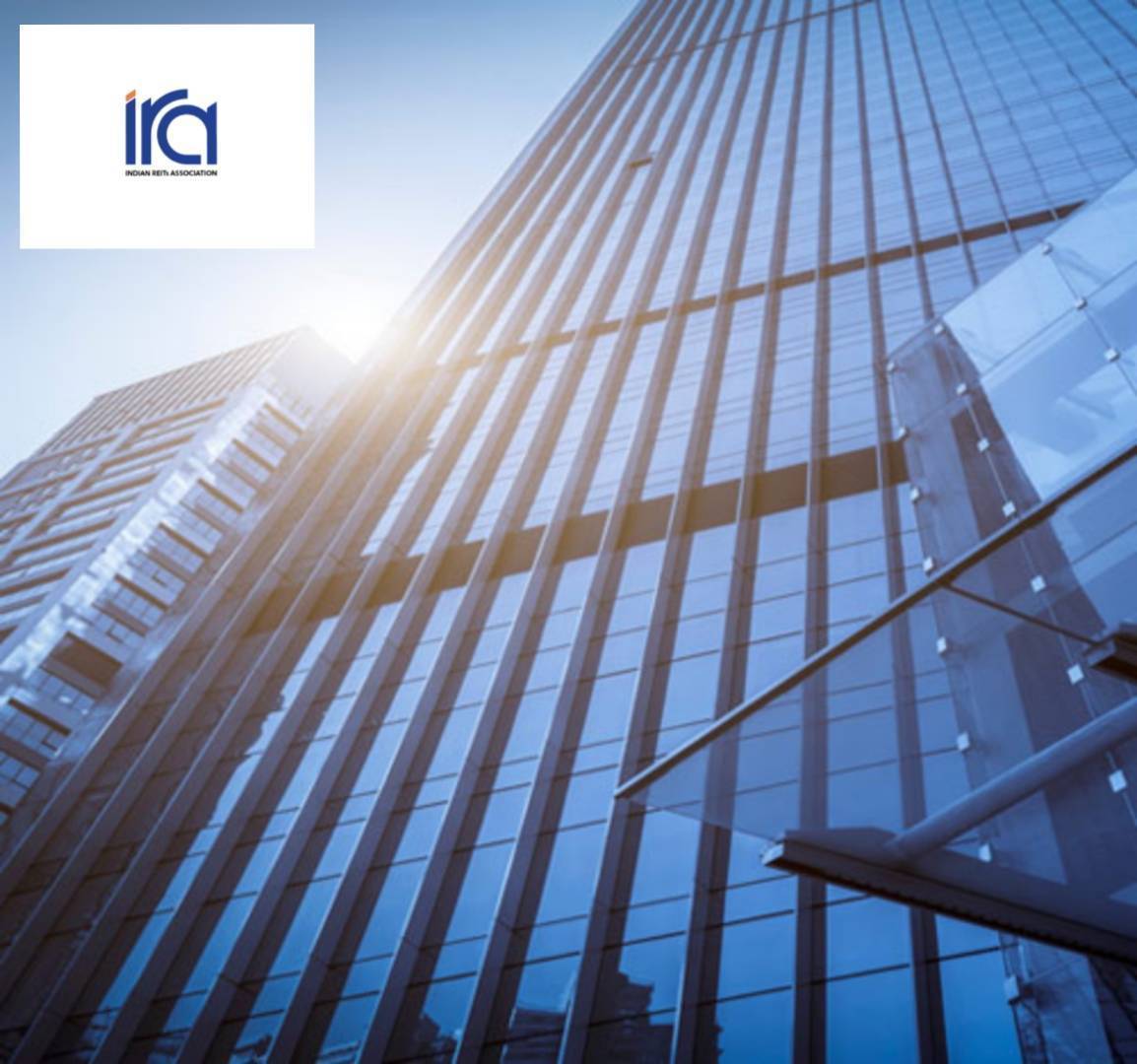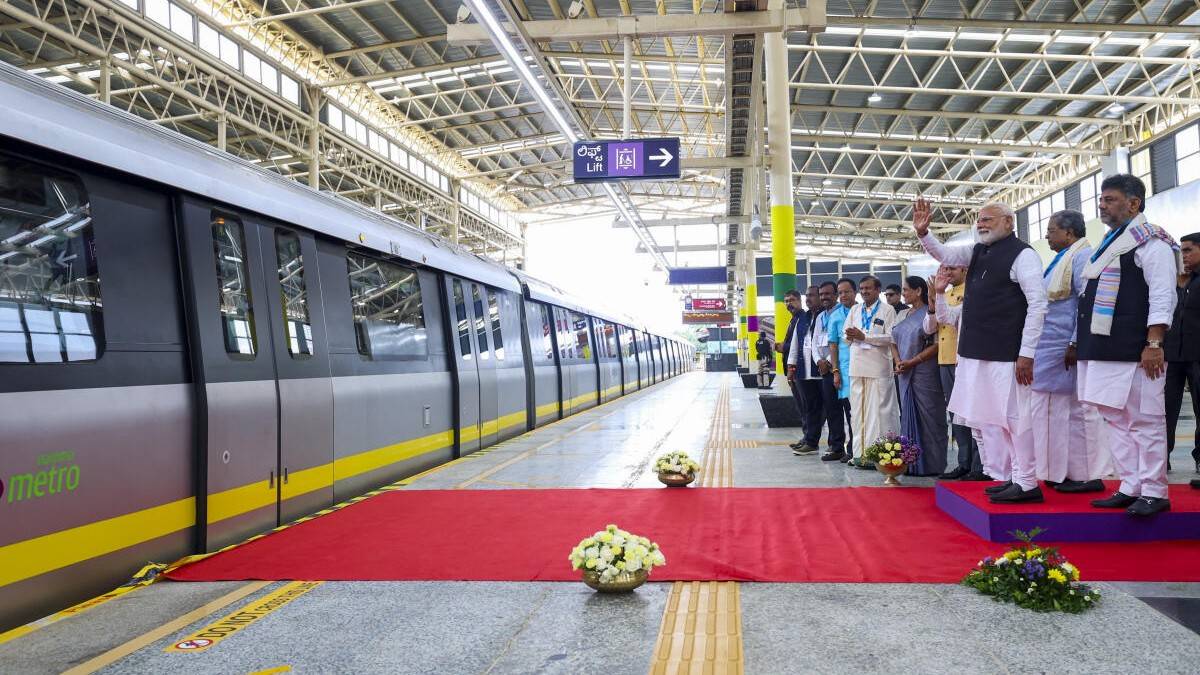Mumbai's urban transit plans took a major step forward with the opening of the second phase of Metro Line 3. This 9.6 km underground stretch, connecting Bandra Kurla Complex (BKC) to Acharya Atre Chowk in Worli, was launched by Chief Minister Devendra Fadnavis and Deputy Chief Minister Eknath Shinde. The new line is a key part of Mumbai's first fully underground metro and is expected to reduce commute times and boost real estate development in the areas along its route.
With the launch of this stretch, Metro Line 3 – also known as the Aqua Line – now covers 20 km of its proposed 33.5 km alignment. The operational route extends from Aarey to Worli and includes key stops at Dharavi, Mahim, Dadar, Siddhivinayak Temple, and Sheetla Devi Temple. These areas are significant not just for their residential and cultural character, but also because they hold potential for redevelopment and increased transit usage.
Seamless North–South Connectivity
The completion of Metro Line 3 will eventually link Aarey in the north to Cuffe Parade in the south, establishing a smooth north-south transit corridor that connects several of Mumbai’s vital business and residential zones. For professionals commuting between South Mumbai and business districts like BKC, Lower Parel, and Andheri, the metro line presents a faster, more reliable option that bypasses congested roads and overburdened suburban railways.
Urban transport planners see this corridor as an essential piece in Mumbai’s transit puzzle. By going underground, Metro Line 3 avoids the space constraints of surface infrastructure while reaching dense neighbourhoods that are often underserved by existing public transport. It also complements ongoing infrastructure projects such as the Coastal Road, making intermodal travel more efficient and time-saving.
According to Vimal Nadar of Colliers India, the improved connectivity is poised to increase leasing and investment activity in traditional business districts, including Nariman Point and Churchgate. Many commercial tenants are now revisiting these older zones, encouraged by reduced travel time and better metro access. Improved intra-city mobility, especially during peak hours, is likely to support a broader shift in office location preferences.
Impact on Real Estate Demand and Pricing
The BKC–Worli stretch not only enhances accessibility between two established business hubs, but also repositions nearby areas like Dharavi, Mahim, Dadar, and Prabhadevi as viable investment destinations. These neighbourhoods, once seen primarily as mid-segment or informal housing zones, are gaining traction with developers and homebuyers alike.
Real estate analysts expect a 10–15% increase in residential property values along metro-adjacent corridors over the next few years. Demand is likely to be driven by improved last-mile connectivity, shorter commutes, and an overall boost in the livability index. Locations such as Chembur, Kurla, Santacruz, and Andheri East, while not directly on the Line 3 route, also stand to benefit from greater linkages to key employment hubs.
A number of redevelopment projects — including slum rehabilitation schemes and society reconstructions — are already underway in these localities. With enhanced infrastructure in place, developers have a compelling case for launching mid to premium housing offerings. For investors and end-users, proximity to a metro station is becoming an essential factor in property selection.
A Mixed Response in South Mumbai
While Metro Line 3 has been welcomed for its long-term benefits, its impact across all socio-economic segments is uneven. Traditional working-class areas in South Mumbai may not see immediate benefits, especially in the absence of complementary housing policies or affordability-focused redevelopment.
However, the corridor is expected to serve a large section of upper-middle-class professionals and business executives living in central and south-central Mumbai. Residents of Dadar, Mahim, and Worli will now enjoy significantly improved access to employment nodes in BKC and Andheri, making these areas more attractive for redevelopment and real estate investment.
Pramod Vyas, who leads the South MetroCity Association of Realtors (SMART), has noted that several redevelopment projects that had stalled due to poor accessibility are now gaining renewed attention. With transit bottlenecks being removed, the financial viability of these projects has also improved.
Infrastructure as a Catalyst for Urban Transformation
Beyond transport efficiency, Metro Line 3 is beginning to reshape Mumbai’s urban form. As the city gravitates towards transit-oriented development (TOD), developers are exploring opportunities to maximise floor space index (FSI) near metro stations. This aligns with municipal plans to promote vertical, mixed-use growth and ease the pressure on overburdened infrastructure.
The third and final phase of Metro Line 3 — connecting Worli to Cuffe Parade — will complete the 33.5 km stretch, linking old and new business districts, key residential clusters, and major transit nodes. Once operational, this line will be pivotal in balancing development across Mumbai’s geography and supporting its emergence as a more integrated and resilient urban centre.

